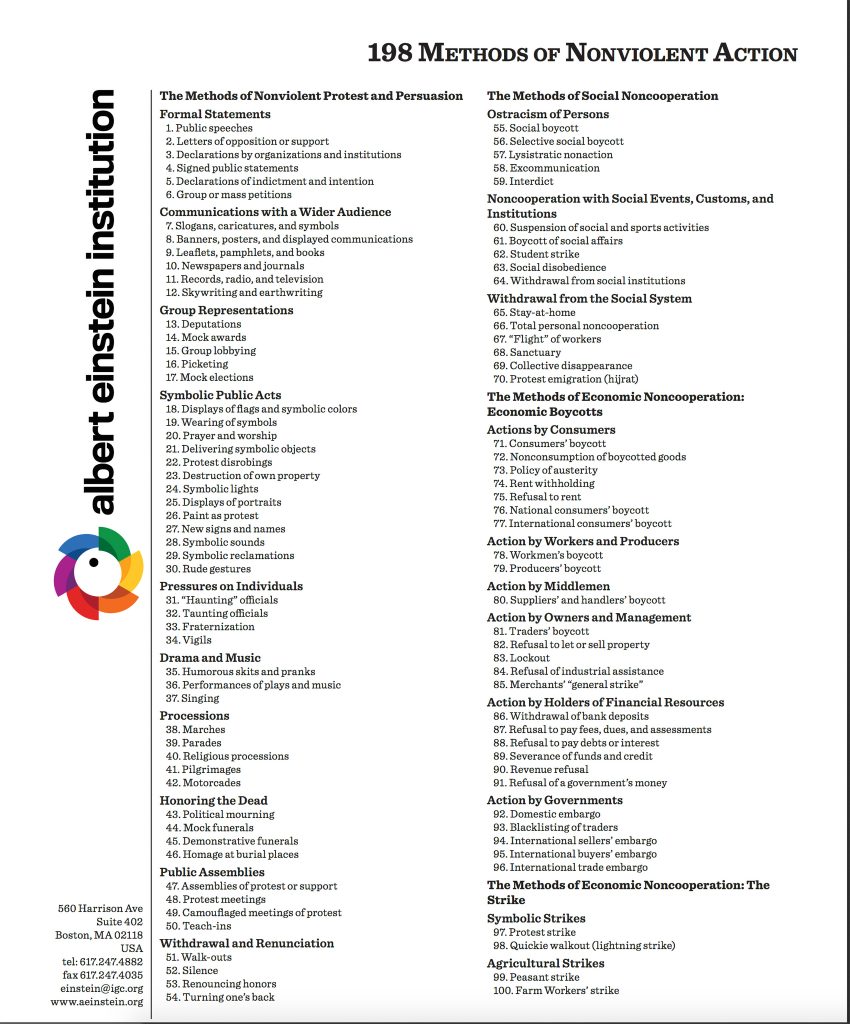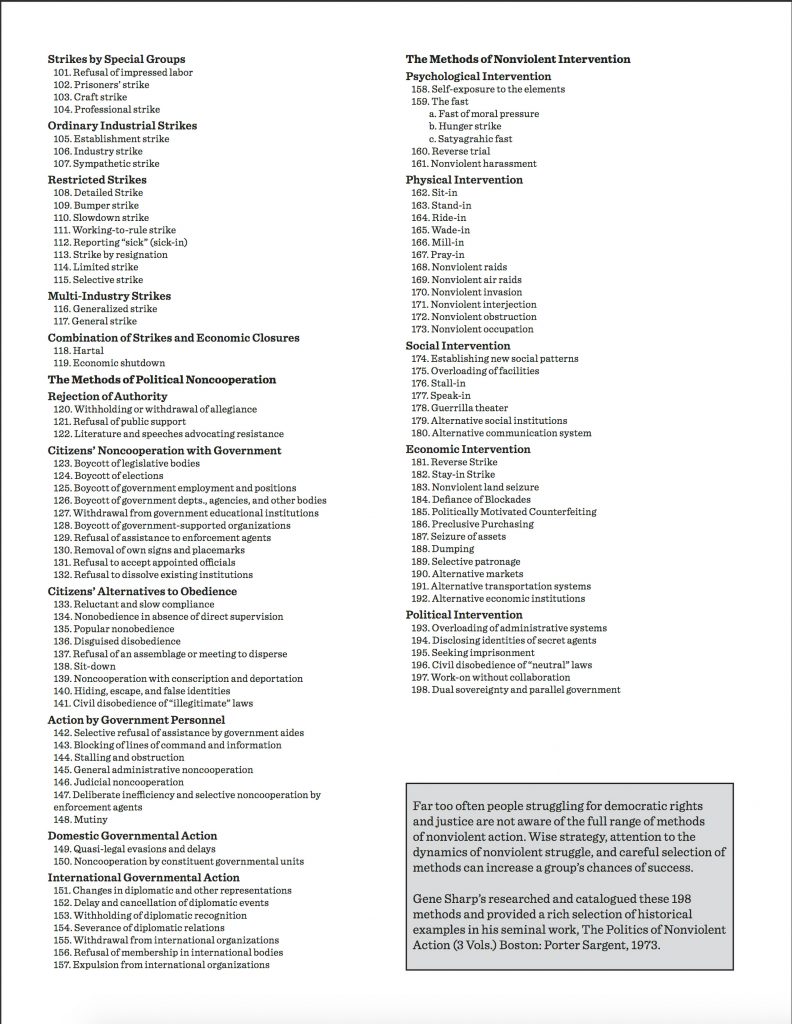
Influential Figures in Dr. Martin Luther King Jr.’s Life
Dr. Martin Luther King Jr. was deeply influenced by several individuals whose ideas, actions, and philosophies shaped his worldview and leadership in the civil rights movement. Here are some of the most notable figures:
- Mahatma Gandhi
- Gandhi’s philosophy of nonviolent resistance (Satyagraha) profoundly influenced Dr. King. Gandhi’s success in leading India to independence through peaceful civil disobedience inspired King to adopt nonviolence as the cornerstone of the civil rights movement in the United States. King once said, “Gandhi was the guiding light of our technique of nonviolent social change”.
- Jesus Christ
- As a Baptist minister, King was deeply rooted in Christian theology. He drew inspiration from Jesus’ teachings on love, forgiveness, and turning the other cheek. These principles underpinned his commitment to nonviolence and his belief in the moral power of love to overcome hate.
- Henry David Thoreau
- Thoreau’s essay Civil Disobedience introduced King to the idea of resisting unjust laws through nonviolent means. King admired Thoreau’s argument that individuals have a moral duty to disobey laws that are unjust.
- Ralph Waldo Emerson
- Emerson’s writings on self-reliance and individualism resonated with King, particularly in his belief that individuals could bring about social change through moral courage and personal responsibility.
- Howard Thurman
- Thurman, a theologian and mentor to King, emphasized the importance of spirituality in social justice. His book Jesus and the Disinherited provided a theological framework for King’s activism, focusing on the empowerment of oppressed communities.
- Benjamin E. Mays
- Mays, the president of Morehouse College, was a mentor to King and instilled in him the importance of education, leadership, and moral integrity. Mays’ emphasis on social justice and equality deeply influenced King’s vision for the civil rights movement
- A. Philip Randolph
- Randolph, a labor leader and civil rights activist, inspired King with his organizational skills and commitment to racial equality. Randolph’s leadership in the March on Washington Movement demonstrated the power of collective action.
- Bayard Rustin
- Rustin was a key advisor to King and helped him strategize the use of nonviolent protest. Rustin’s organizational skills were instrumental in planning events like the 1963 March on Washington.
- Paul Tillich
- Tillich, a theologian, influenced King’s understanding of existentialism and the role of faith in addressing social injustice. His writings helped King articulate the moral and spiritual dimensions of the civil rights struggle.
- Reinhold Niebuhr
- Niebuhr’s philosophy of Christian realism influenced King’s understanding of the complexities of human nature and the necessity of confronting evil through collective action.
10 People Whose Lives Were Changed by Dr. Martin Luther King Jr.
Dr. King’s leadership and vision inspired countless individuals to take action for justice and equality. Here are ten people whose lives were directly influenced by him:
- John Lewis
- Lewis, a young activist during the civil rights movement, was inspired by King’s leadership and became a prominent figure in the movement. He later served as a U.S. Congressman, continuing King’s legacy of fighting for civil rights.
- Rosa Parks
- Parks credited King’s leadership and the Montgomery Bus Boycott with giving her the courage to stand up against racial injustice, which sparked the modern civil rights movement.
- Andrew Young
- Young worked closely with King in the Southern Christian Leadership Conference (SCLC) and later became a U.S. Congressman, ambassador to the United Nations, and mayor of Atlanta.
- James Lawson
- Lawson, a key figure in the civil rights movement, was inspired by King’s commitment to nonviolence and became a leading trainer in nonviolent resistance.
- Coretta Scott King
- As King’s wife, Coretta was deeply influenced by his vision and continued his work after his assassination, becoming a prominent activist for civil rights and peace.
- Barack Obama
- While Obama was born after the height of the civil rights movement, he often cited King’s work as a source of inspiration for his own journey into public service and his vision for a more inclusive America.
- Jesse Jackson
- Jackson was a close associate of King and became a prominent civil rights leader in his own right, founding the Rainbow/PUSH Coalition to continue King’s work.
- Bernice King
- King’s youngest daughter, Bernice, was inspired by her father’s legacy and became a minister and advocate for nonviolence and social justice.
- Oprah Winfrey
- Winfrey has often spoken about how King’s work paved the way for her success as a Black woman in media and inspired her commitment to philanthropy and social justice.
- Nelson Mandela
- Mandela, though leading the anti-apartheid movement in South Africa, was inspired by King’s philosophy of nonviolence and his fight against racial oppression.
Dr. King’s influence extended far beyond these individuals, shaping the course of history and inspiring millions worldwide to work for justice, equality, and peace.





















